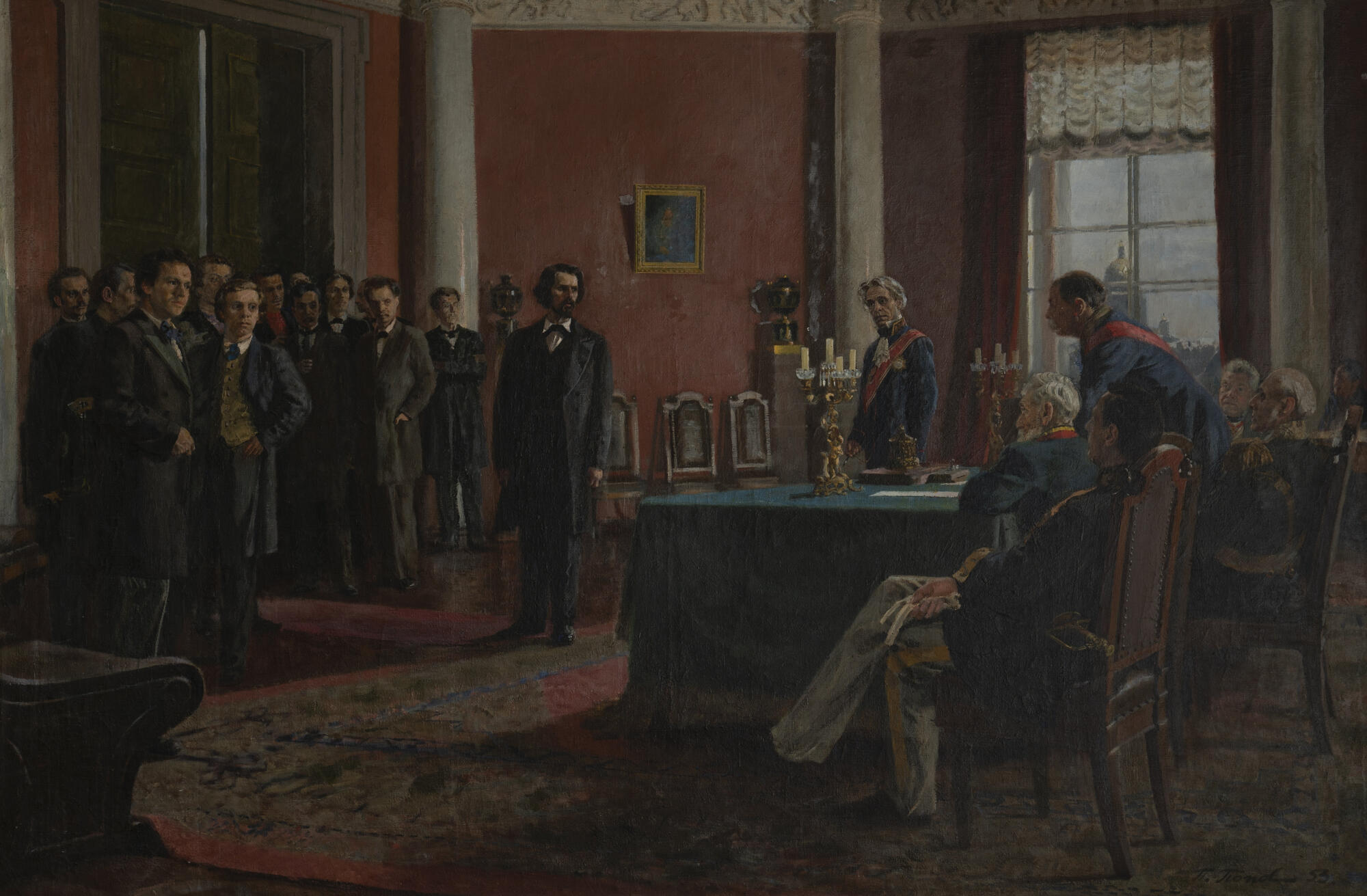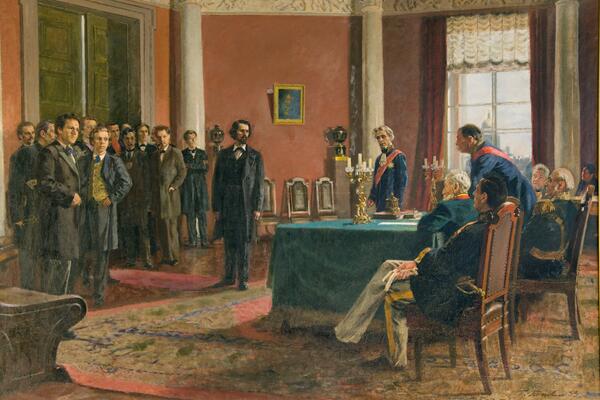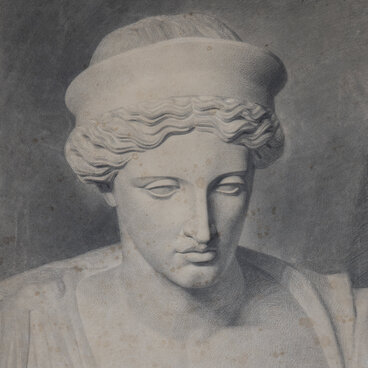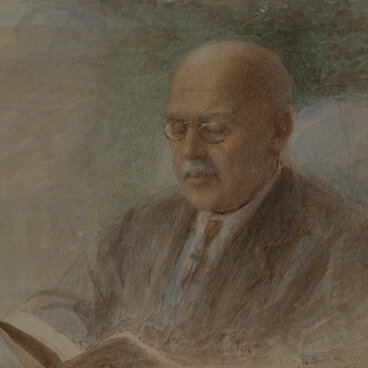The Ostrogozhsk Museum of History and Art houses a painting titled “Revolt of the Fourteen” by Pyotr Popov, a graduate of the Ilya Repin Leningrad Institute for Painting, Sculpture and Architecture. The painting was donated to the museum by the Institute in February 1958.
The painting depicts the events of 1863 when a group of artists came into conflict with the authorities of the Imperial Academy of Arts. This conflict was preceded by a series of events. Ahead of the 100th anniversary of the Charter of the Academy, the Council decided to change the rules of the annual contest. According to the new rules, the contestants were only allowed to participate once, and genre painters had to participate at the same time as historical painters and, therefore, were no longer able to choose the subject matter of their paintings freely. The contestants were offered to depict a certain feeling within a general theme.
The instructions with the new competition rules were provided to fourteen historical and genre painters who had been awarded the Small Gold Medal by the Academy. Having decided that the new rules put genre and historical painters in an unequal position, on October 8, 1863, the competitors wrote a collective letter to the Academic Council, asking for a free choice of subject according to the personal inclinations of participants. Having received no response from the Academy, on November 9, 1863, when the theme was announced, all students refused to participate in the competition.
In the center of the painting is a group of young painters led by Ivan Nikolaevich Kramskoy who addresses the Academic Council. The artists refused to participate in the competition for the Gold Medal, left the Academy, and founded the “Artel of Artists” — the first independent union of artists in Russia. In 1870, the “Artel” organized the Society for Traveling Art Exhibitions that brought together Russian realist painters. In their works, Peredvizhniki, or “The Wanderers” depicted Russian reality in a true-to-life manner. They exhibited their paintings in many regions across the country and became widely popular.
The painting depicts the events of 1863 when a group of artists came into conflict with the authorities of the Imperial Academy of Arts. This conflict was preceded by a series of events. Ahead of the 100th anniversary of the Charter of the Academy, the Council decided to change the rules of the annual contest. According to the new rules, the contestants were only allowed to participate once, and genre painters had to participate at the same time as historical painters and, therefore, were no longer able to choose the subject matter of their paintings freely. The contestants were offered to depict a certain feeling within a general theme.
The instructions with the new competition rules were provided to fourteen historical and genre painters who had been awarded the Small Gold Medal by the Academy. Having decided that the new rules put genre and historical painters in an unequal position, on October 8, 1863, the competitors wrote a collective letter to the Academic Council, asking for a free choice of subject according to the personal inclinations of participants. Having received no response from the Academy, on November 9, 1863, when the theme was announced, all students refused to participate in the competition.
In the center of the painting is a group of young painters led by Ivan Nikolaevich Kramskoy who addresses the Academic Council. The artists refused to participate in the competition for the Gold Medal, left the Academy, and founded the “Artel of Artists” — the first independent union of artists in Russia. In 1870, the “Artel” organized the Society for Traveling Art Exhibitions that brought together Russian realist painters. In their works, Peredvizhniki, or “The Wanderers” depicted Russian reality in a true-to-life manner. They exhibited their paintings in many regions across the country and became widely popular.



